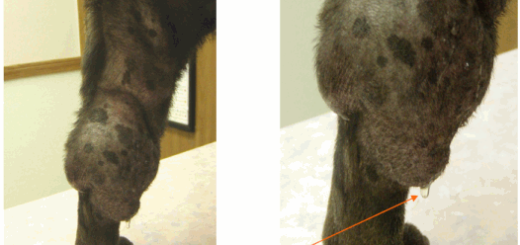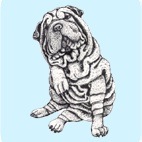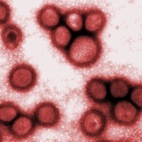Patellar Luxation
Medial Luxations Often these are termed “congenital” due to the fact they occur early in life and are not associated with trauma. Luxation may not be present at birth but the anatomical deformities that predispose to these luxations are present at that time and are responsible for later problems. The occurrence of medial patellar luxation is characterized by: Coxa vera — which is a decreased angle of inclination of the femoral neck. Genu varum — in which the distal third of the femur is bowed medially. A shallow trochlear sulcus with poorly developed or absent medial ridge. A hypoplastic medial...





